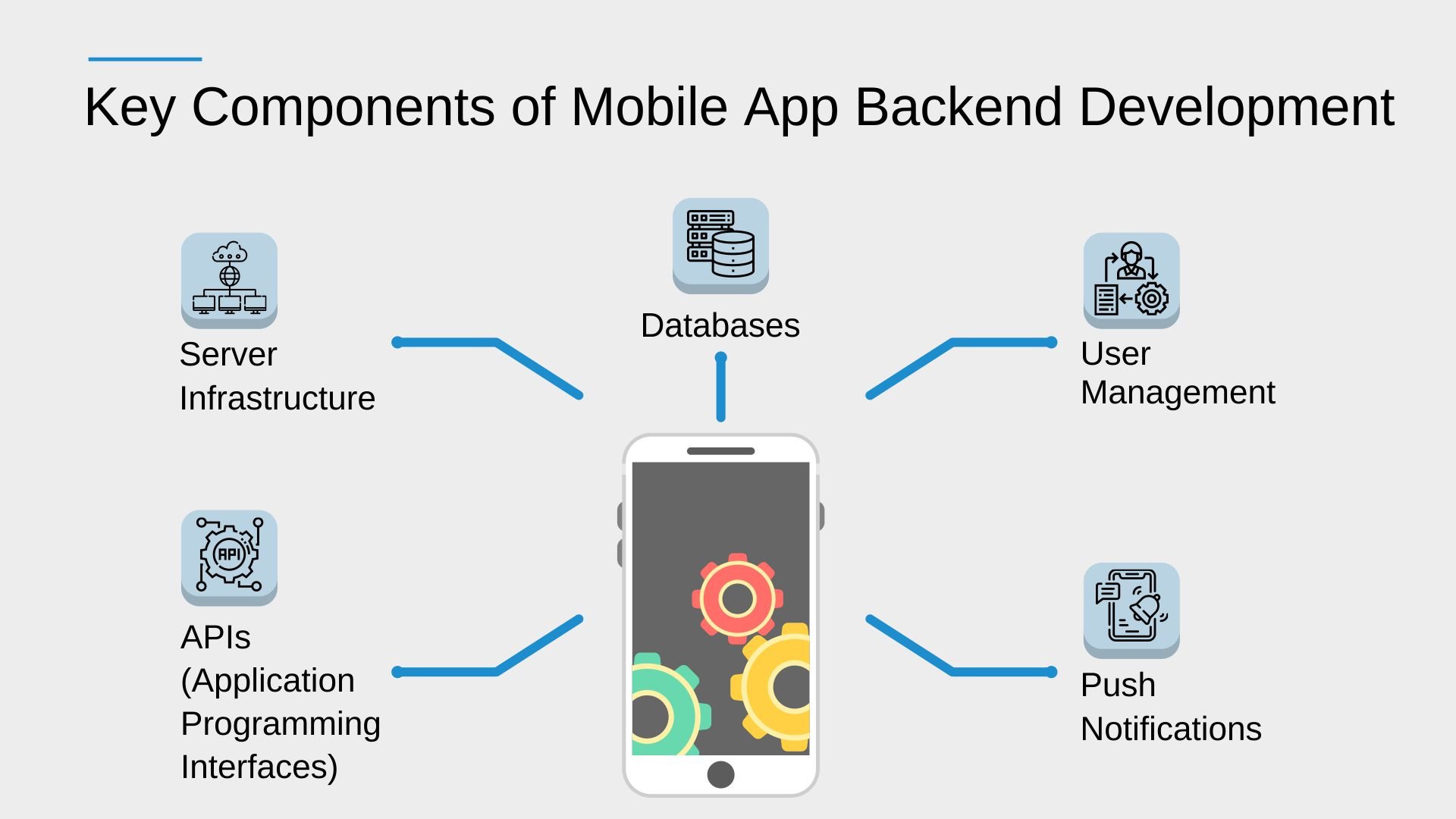Mobile applications have become an integral part of our daily lives, enabling us to connect, communicate, and perform various tasks conveniently. Behind every successful mobile app, there is a robust backend infrastructure that powers its functionality. Mobile app backend development plays a crucial role in ensuring smooth user experiences and efficient data management. In this blog, we will provide a quick guide to mobile app backend development, highlighting its importance, key components, and best practices.
1. Understanding Mobile App Backend Development:
Mobile app backend development involves building the server-side components that support the app's functionality. It encompasses the logic, databases, APIs, and server infrastructure required to manage data, handle user requests, and communicate with external services. The backend acts as a bridge between the user interface and the server, handling tasks such as user authentication, data storage, push notifications, and more.
2. Key Components of Mobile App Backend Development:

a. Server Infrastructure: Choosing the right server infrastructure is vital for a scalable and reliable backend. Cloud-based solutions like AWS, Azure, or Google Cloud Platform provide the flexibility and scalability needed to handle varying app loads.
b. APIs (Application Programming Interfaces): APIs enable communication between the app's front-end and back-end. Designing well-structured APIs ensures smooth data exchange, allowing the app to fetch and send information securely.
c. Databases: Storing and managing data is a critical aspect of backend development. Choosing the appropriate database type, such as SQL or NoSQL, depends on factors like data structure, scalability, and performance requirements.
d. User Management: Implementing user authentication and authorization mechanisms ensures secure access to app features. Techniques like OAuth or JWT (JSON Web Tokens) can be employed to authenticate users and manage their permissions.
e. Push Notifications: Integrating push notification services allows apps to send real-time updates and engage users effectively. Services like Firebase Cloud Messaging (FCM) or Apple Push Notification Service (APNS) facilitate push notifications across different platforms.
3. Best Practices for Mobile App Backend Development:
a. Scalability and Performance: Designing a scalable backend architecture is crucial to accommodate growing user bases and handle increased loads. Implementing caching mechanisms, load balancing, and optimizing database queries contribute to better performance.
b. Security: Mobile app backends should prioritize security to protect user data and prevent unauthorized access. Utilize encryption techniques, implement secure communication protocols (HTTPS), and regularly update software dependencies to address potential vulnerabilities.
c. API Design: Well-designed APIs simplify app development and maintenance. Follow RESTful principles, use descriptive naming conventions, and provide comprehensive documentation to ensure smooth integration with the app front-end.
d. Testing and Monitoring: Rigorous testing is essential to identify and fix issues before they affect the app's functionality. Implement automated testing frameworks and utilize monitoring tools to proactively detect performance bottlenecks or system failures.
e. Regular Updates and Maintenance: Mobile app backends require regular updates to address bugs, and security vulnerabilities, and to introduce new features. Plan for version control, automate deployment processes and regularly monitor backend performance to provide a seamless user experience.
Conclusion:
Mobile app backend development is a critical aspect of building successful and robust mobile applications. By understanding the key components and following best practices, developers can create scalable, secure, and high-performing backend infrastructures. A well-designed backend ensures smooth data management, enables efficient communication between app components, and delivers exceptional user experiences. By investing in mobile app backend development, businesses can lay a solid foundation for their mobile applications and provide value to their users.
